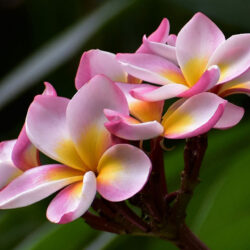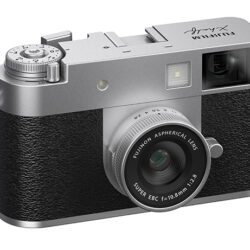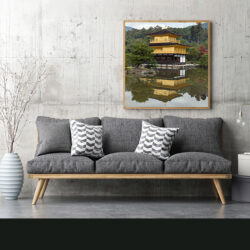Panasonic’s ‘FZ’ series of 12x zoom cameras divides into ‘single digital’ models that are simpler, lighter and more automated and ‘double digit’ models for enthusiasts. The 8-megapixel DMC-FZ30 is the eighth since the release of the DMC-FZ1 in late 2002, making the company something of a long-zoom camera specialist. The new model has plenty to attract enthusiast photographers.



















